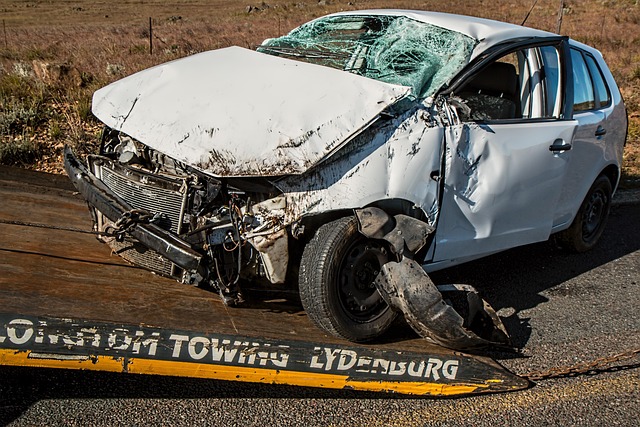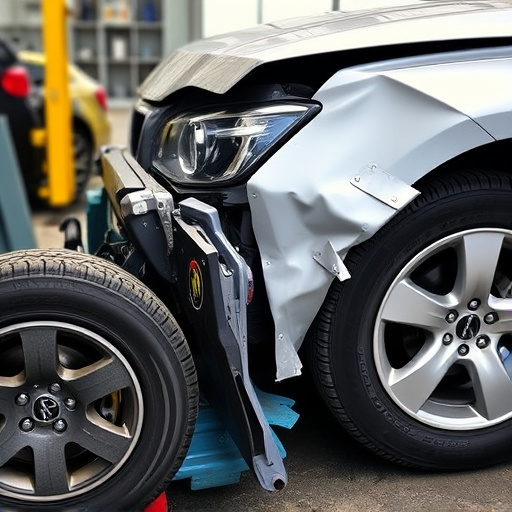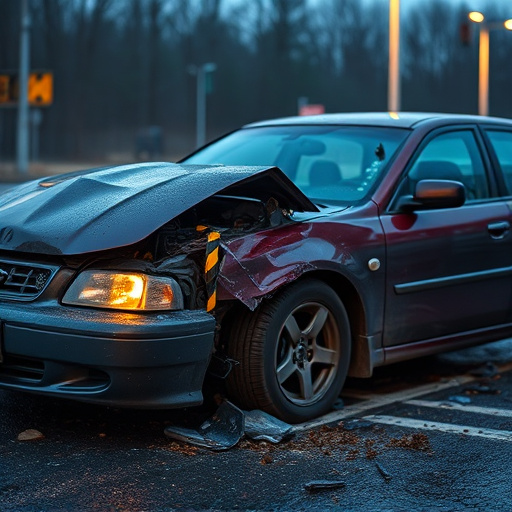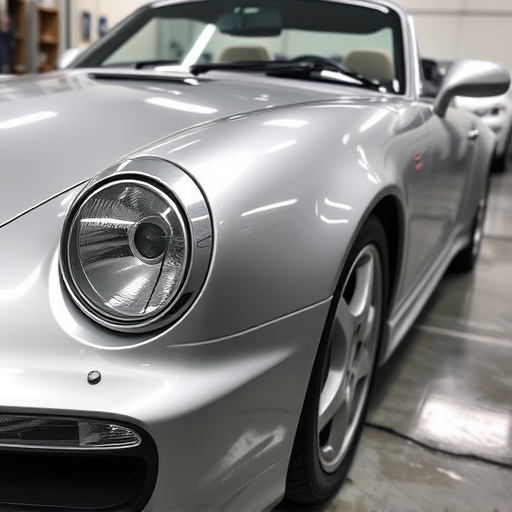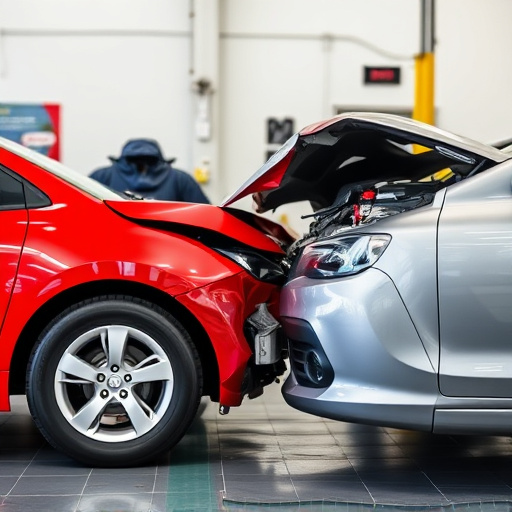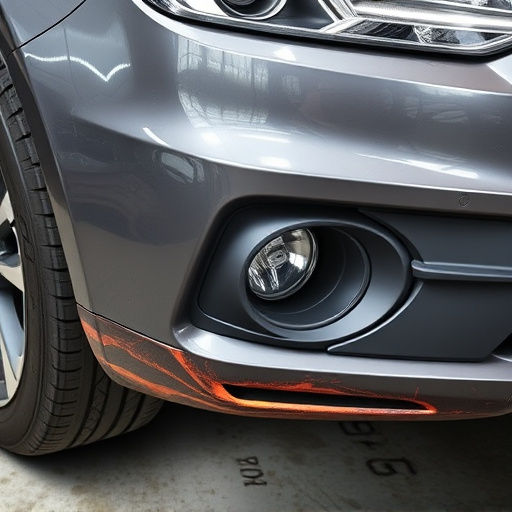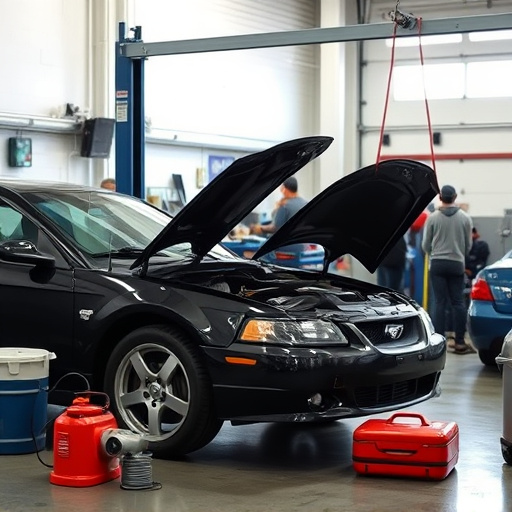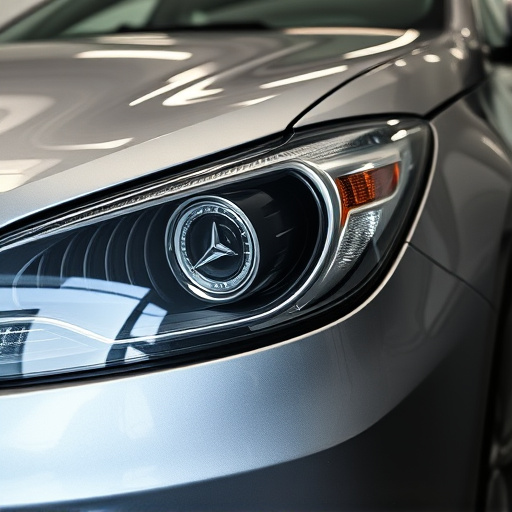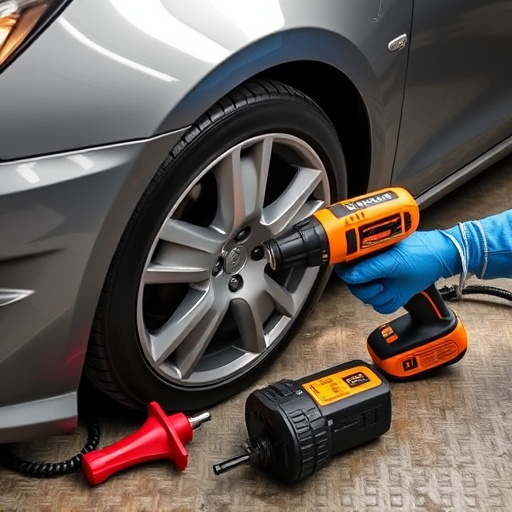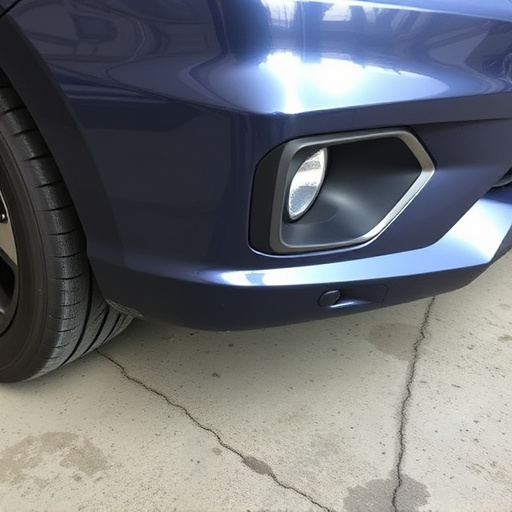Paintless Dent Repair (PDR) uses specialized PDR tools to fix dents and dings without painting, saving time, labor, and waste. Modern PDR tools, with their lightweight yet powerful designs, enable efficient access to hard-to-reach areas, preserving original paintwork. Versatile and adjustable settings make them suitable for various metal types and dent sizes, allowing shops to deliver faster turnaround times while maintaining high-quality results. Best practices include thorough inspection, using correct tool sizes and shapes, proper technique, and clean work areas to achieve minimal surface damage and top-quality PDR outcomes.
Discover the revolutionary power of PDR (Paintless Dent Repair) tools in transforming car panel restoration. This non-invasive technique minimizes surface damage, offering a fast and cost-effective solution for dent removal. Modern PDR tools boast advanced features like precise control, versatile design, and innovative materials, ensuring optimal results. By following best practices, professionals can further reduce damage, preserving the vehicle’s original finish and value. Explore these cutting-edge PDR tools to unlock efficient panel restoration.
- Understanding PDR and Its Benefits for Panel Restoration
- Key Features of Modern PDR Tools for Surface Preservation
- Best Practices for Using PDR Tools to Minimize Damage
Understanding PDR and Its Benefits for Panel Restoration
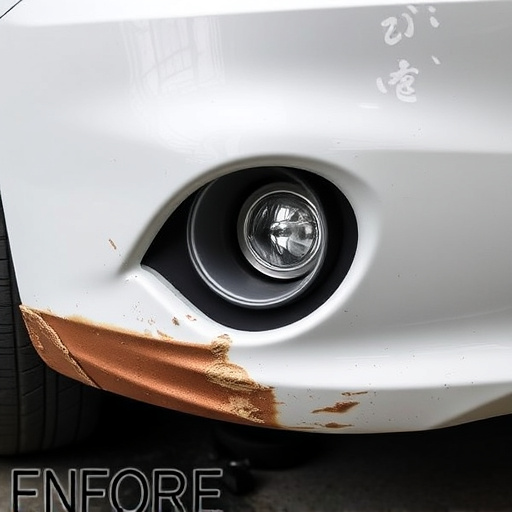
PDR, or Paintless Dent Repair, is a cutting-edge technique revolutionizing the field of auto body repairs, especially for panel restoration. This non-invasive method utilizes specialized PDR tools to remove dents and dings from vehicle surfaces without the need for traditional painting or extensive autobody repairs. By leveraging advanced technology, PDR offers a cost-effective solution for auto glass replacement and various auto body services.
The benefits of PDR are numerous. It preserves the original factory finish, ensuring the vehicle retains its aesthetic appeal and value. With PDR, there’s no need to sand or repaint, reducing the time and labor costs associated with conventional autobody repairs. This eco-friendly approach minimizes waste and is particularly advantageous for complex or intricate panel designs, making it a preferred method for achieving flawless results in auto glass replacement and other restoration tasks.
Key Features of Modern PDR Tools for Surface Preservation
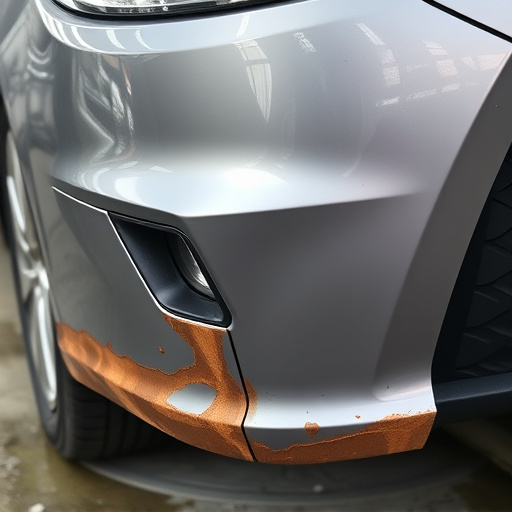
Modern PDR (Paintless Dent Repair) tools are revolutionizing the way auto repair shops tackle minor damage, especially in the case of a fender bender. These advanced tools prioritize surface preservation, ensuring that even after a dent removal process, the paintwork retains its original integrity and gloss. Key features include lightweight yet powerful designs, allowing technicians to access hard-to-reach areas with ease, thereby minimizing manual labor and enhancing precision.
Additionally, many modern PDR tools incorporate innovative technology like adjustable settings for different metal types and dent sizes, making them versatile for a variety of repairs, even in classic car restoration projects. This versatility, combined with improved control over the repair process, means that auto repair shops can offer faster turnaround times while maintaining high-quality results, satisfying customers’ needs efficiently.
Best Practices for Using PDR Tools to Minimize Damage
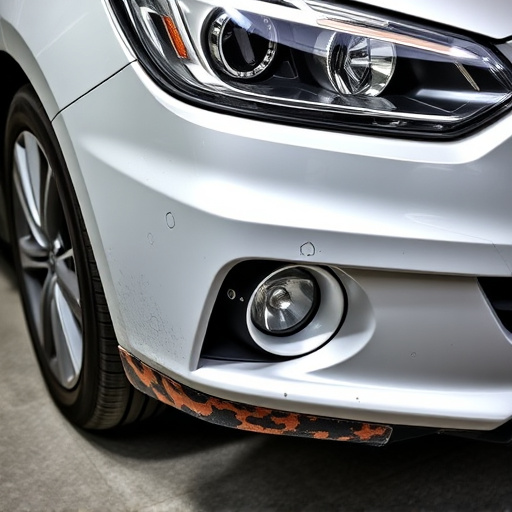
When utilizing PDR (Paintless Dent Repair) tools, adhering to best practices is essential to achieve minimal surface damage and ensure top-quality results. Professional technicians emphasize the importance of proper preparation before starting any repair. This involves inspecting the dent thoroughly, identifying its size and depth, and assessing the surrounding panel for any pre-existing dents or paint imperfections. Using suitable PDR tools for each dent type is critical; different sizes and shapes of picks and pullers are designed to handle various damage scenarios effectively.
Proper technique is another key aspect. Technicians should apply gentle but firm pressure when using PDR tools, avoiding excessive force that could lead to further damage or paint tearing. Precise control and a steady hand are vital during the repair process. Additionally, maintaining a clean work area and regularly inspecting the dent as it repairs ensures accurate adjustments and prevents overshooting the dent, which could result in unsightly imperfections or the need for additional auto glass replacement or collision repair procedures.
PDR tools have revolutionized panel restoration, offering a non-invasive approach that minimizes surface damage. By understanding their key features and best practices, professionals can ensure optimal results while preserving the integrity of damaged panels. The benefits of modern PDR techniques are clear, making them an essential toolset for any automotive repair or collision center aiming to provide top-quality, cost-effective solutions.

